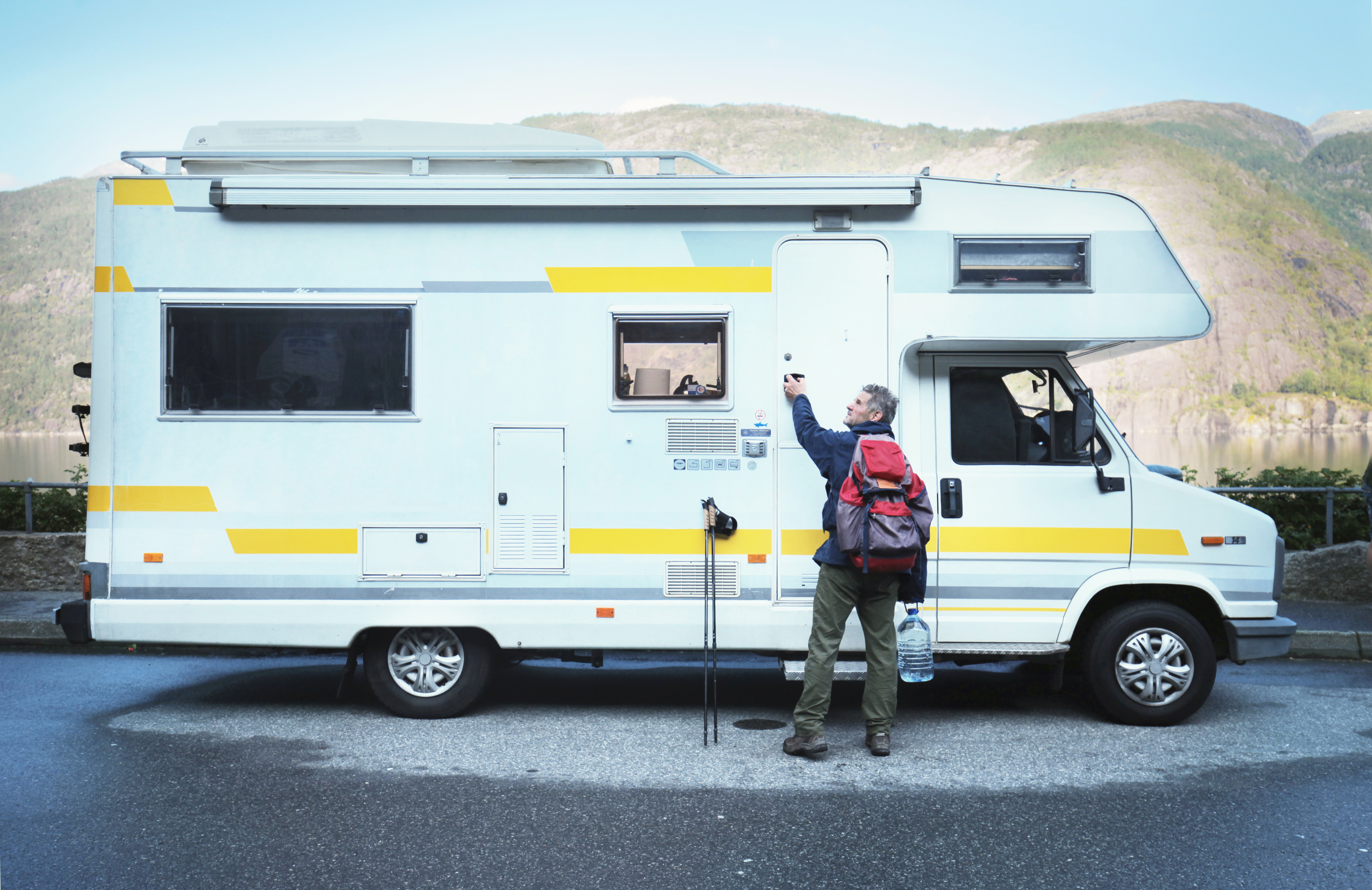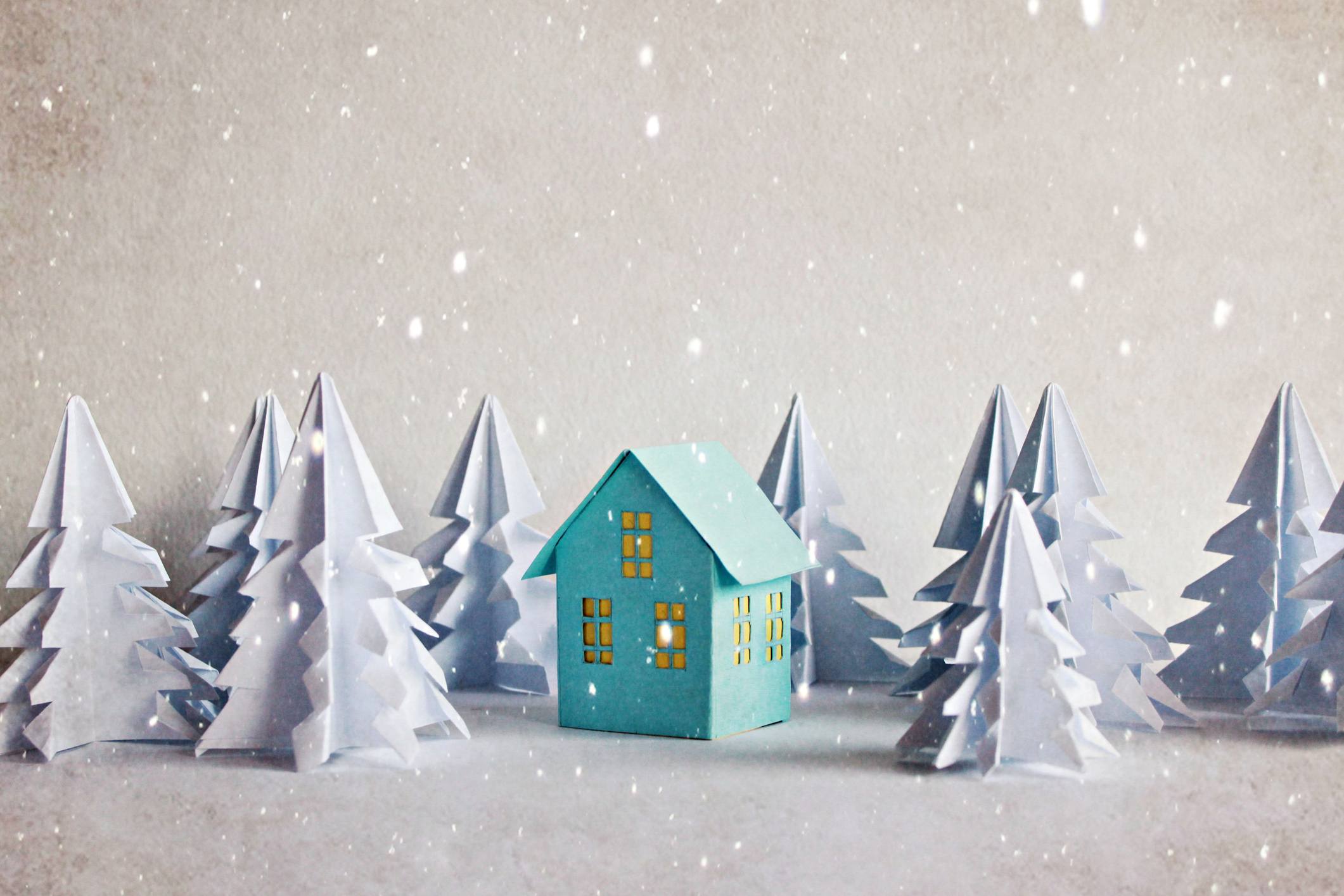10 Best Colleges With the Lowest Average Graduating Debt
Educational quality is key for parents and students as they zero in on a college.


Educational quality is key for parents and students as they zero in on a college. But what makes a school really stand out is its ability to provide a high-quality education at a cost that doesn't require students to rack up debt. In 2015-16, the average sticker price for an in-state, four-year public institution, including tuition, fees, and room and board, rose 3.3%, to $19,548 a year, according to the College Board. The average total cost of attendance at private colleges and for out-of-state students at public colleges rose 3.5%, to $43,921 and $34,031, respectively.
These 10 schools meet both challenges by getting students who borrow out the door with the lowest average debt at graduation among the 300 schools on our list of best college values. Surprisingly, eight out of 10 schools on this list are private universities or private liberal arts colleges. While their sticker price may be high, so is their need-based aid, making the total net cost affordable for families who qualify. Take a look.

1. Berea College
- Location: Berea, Ky.
- Kiplinger's combined rank: #93 (#49 among liberal arts colleges)
- Undergraduate enrollment: 1,621
- Total annual cost: $7,680
- Average need-based aid: $3,882
- Students who borrow: 64%
- SEE ALSO: SLIDE SHOW: 10 Best College Values, 2016
Average debt at graduation: $6,186
This school leads our list of colleges with the lowest average debt for one good reason: At Berea College, no student pays tuition. Although students receive a four-year scholarship, additional financial aid is also available for students who need help with living expenses, such as housing.
Founded by abolitionists and other reformers in 1855, Berea is a work college whose students receive a tuition scholarship of nearly $100,000 over four years. All students work on campus for 10 to 15 hours per week while carrying a full academic load. They can choose from 32 academic majors in the arts, sciences and some professional programs.
Berea, located 35 miles south of Lexington, Ky., only admits students with financial need. Although students receive a four-year scholarship, additional financial aid is also available. The median family income for a Berea student is $29,043.

2. Princeton University
- Location: Princeton, N.J.Average debt at graduation: $6,600Kiplinger’s combined rank: #2 (#1 among private universities)Undergraduate enrollment: 5,391Total annual cost: $58,660Average need-based aid: $42,097Students who borrow: 17%This fourth-oldest college in the country leads our private university rankings for the fourth time. With a highly selective acceptance rate of 7% and a strong graduation rate of 90%, Princeton also gets high marks in our rankings for something else: the generosity of its financial aid. Princeton meets 100% of financial need, and it does so without loans. More than a decade ago, it became the first school to replace student loans with grants. It follows a need-blind admission policy for both domestic and international students, which means a family's financial situation is not considered in determining admission.
Princeton's quality is equally outstanding. Almost three-quarters of incoming freshmen scored 700 or higher on the critical-reading portion of the SAT, and more than three-quarters scored 700 or higher on the math portion. Undergraduates at this elite New Jersey school can choose from 36 academic areas and learn from some of the leading academics in the country or the world. Over the past century, 40 faculty, staff members and alumni affiliated with the university have won the Nobel Prize.

3. Baruch College (CUNY)
- Location: New York, N.Y.
- Kiplinger's combined rank: #118 (#43 among public colleges)
- Undergraduate enrollment: 14,857
- Total annual out-of-state cost: $34,968 ($24,498 in-state)
- Average need-based aid: $6,870
- Students who borrow: 29%Baruch is one of two public institutions that appear on this list. Located in the heart of Manhattan, the college provides its students with plenty of networking opportunities, thanks to its proximity to Wall Street, Midtown and the headquarters of major companies. More than 160 years old, Baruch is a senior college in the City University of New York system with 35 undergraduate majors and 93 undergraduate minors.
- SEE ALSO: SLIDE SHOW: 10 Great Colleges Where Alumni Earn the Most Money
Average debt at graduation: $7,737
The college boasts a diverse student body, representing 164 countries and more than 129 languages. In addition to providing an enriching, culturally diverse experience, Baruch provides need-based financial aid to over 40% of its students. It is one of three colleges on our best values list to keep average debt at graduation under $10,000.

4. California Institute of Technology
- Location: Pasadena, Calif.
- Kiplinger’s combined rank: #15 (#7 among private universities)
- Undergraduate enrollment: 983
- Total annual cost: $60,084
- Average need-based aid: $37,557
- Students who borrow: 32%
Average debt at graduation: $12,104
Renowned for its science and engineering research, Caltech counts 17 Nobel Prize winners among its living alumni; its long list of other notable alums includes astronaut Frank Borman, who led the Apollo 8 mission, and Chester Carlson, who invented photocopying. Caltech is highly selective, with a 9% acceptance rate. Its student-faculty ratio of 3:1 is the lowest of all 300 schools in our rankings.
The sticker price of this West Coast school may look unaffordable at first glance, but the average need-based aid brings the cost to a more manageable $22,527 for students who qualify. Half of the students receive need-based financial aid, and 100% of their need is met.

5. Wellesley College
- Location: Wellesley, Mass.
- Kiplinger’s combined rank: #29 (#17 among liberal arts colleges)
- Undergraduate enrollment: 2,323
- Total annual cost: $62,140
- Average need-based aid: $39,988
- Students who borrow: 52%
- SEE ALSO: SLIDE SHOW: 10 Best Values in Public Colleges, 2016
Average debt at graduation: $12,956
A private liberal arts college for women, Wellesley College offers 56 departmental and interdepartmental majors, and more than 70% of students participate in an internship while at the school. Its average debt at graduation among students who borrow dropped this year from $14,030 to $12,956, moving it into fifth place on this list. After need-based aid, the average net cost for students who qualify is $22,152, about one-third of the sticker price. Wellesley claims that it has a lasting impact—called the Wellesley Effect—on the women it educates and that those women, in turn, have an impact on the world.

6. Hunter College (CUNY)
- Location: New York, N.Y.
- Kiplinger’s combined rank: #173 (#82 among public colleges)
- Undergraduate enrollment: 16,879
- Total annual out-of-state cost: $32,771 ($22,301 in-state)
- Average need-based aid: $6,547
- Students who borrow: 71%
Average debt at graduation: $13,000
Hunter is the largest college in the City University of New York and also one of the oldest public colleges in the country. Founded in 1870, the college has a diverse student body. Students can choose from over 100 fields of study, ranging from anthropology to women's studies to Arabic.
More than half of the students receive need-based aid, lowering the out-of-state cost for students who qualify from $32,771 to $26,224, on average. While almost three-quarters of students take out loans, the average debt at graduation is about half of the national average of $25,500 among public school borrowers.

7. Brigham Young University
- Location: Provo, Utah
- Kiplinger's combined rank: #62 (#21 among private universities)
- Undergraduate enrollment: 27,163
- Total annual cost: $18,622 for non-Mormons ($13,472 for Mormons)
- Average need-based aid: $4,897
- Students who borrow: 26%
- SEE ALSO: SLIDE SHOW: 10 Best College Majors for a Lucrative Career
Average debt at graduation: $14,021
Founded and supported by the Church of Jesus Christ of Latter-Day Saints, BYU is the only private university in our rankings with a sticker price of less than $20,000 ($13,472 for Mormons). The already-low average debt at graduation among students who borrow has dropped almost $2,000 since last year. Brigham Young is known for its commitment to Mormon values, including service. It has another claim to fame: one of the biggest school emblems in the country (a 380-foot-high "Y" created with lime, rocks and sand, on the mountain overlooking campus).

8. Williams College
- Location: Williamstown, Mass.
- Kiplinger's combined rank: #13 (#6 among liberal arts colleges)
- Undergraduate enrollment: 2,045
- Total annual cost: $64,090
- Average need-based aid: $43,689
- Students who borrow: 35%
Average debt at graduation: $14,170
This four-year liberal arts college, located three hours from Boston, Mass., continues to make a strong showing in our rankings for its academic quality (including a 98% freshman retention rate and an 89% four-year graduation rate) and generous financial aid. Williams, which accepts about 20% of applicants, follows a need-blind admission policy for domestic students: A family's financial situation does not play a role in determining admission. Once on campus, students can choose from 36 majors in the humanities, natural sciences and social sciences.

9. Amherst College
- Location: Amherst, Mass.
- Kiplinger's combined rank: #20 (#11 among liberal arts colleges)
- Undergraduate enrollment: 1,792
- Total annual cost: $64,772
- Average need-based aid: $47,243
- Students who borrow: 31%
- SEE ALSO: SLIDE SHOW: 10 Worst College Majors for Your Career
Average debt at graduation: $14,490
Another liberal arts college on our list that follows a need-blind policy, Amherst also applies that policy to international students. Located in a quaint college town, Amherst is a highly selective college, with a 14% acceptance rate. Students can choose from 38 majors in the arts, humanities and social sciences. Its average debt at graduation for students who borrow dropped almost $1,000 this year over last. The average need-based aid brings the net price for students who qualify to $17,529.

10. Yale University
- Location: New Haven, Conn.
- Kiplinger's combined rank: #9 (#5 among private universities)
- Undergraduate enrollment: 5,477
- Total annual cost: $63,250
- Average need-based aid: $45,710
- Students who borrow: 16%
Average debt at graduation: $14,853
One of the top academic institutions in the world, Yale is the alma mater of three U.S. presidents (as undergraduates) and myriad other notables. It has a highly selective admission rate of 6%, and almost 80% of its incoming freshmen scored 700 or higher in the critical-reading and math parts of the SAT. With a stated intent to "attract the most promising students from all economic backgrounds to Yale," this university meets 100% of financial need for students who qualify and follows a no-loan policy in allocating financial aid.
Profit and prosper with the best of Kiplinger's advice on investing, taxes, retirement, personal finance and much more. Delivered daily. Enter your email in the box and click Sign Me Up.

-
 Your Guide to Buying Art Online
Your Guide to Buying Art OnlineFrom virtual galleries to social media platforms, the internet offers plenty of places to shop for paintings, sculptures and other artwork without breaking the bank.
-
 Samsung Galaxy S25 Ultra for $4.99 a Month: A Closer Look at Verizon’s Deal
Samsung Galaxy S25 Ultra for $4.99 a Month: A Closer Look at Verizon’s DealVerizon’s aggressive pricing makes Samsung’s top-tier phone tempting, but the real cost depends on your plan and how long you stay.
-
 I'm 59 with $1.7 million saved and lost my job. Should I retire?
I'm 59 with $1.7 million saved and lost my job. Should I retire?We asked professional wealth planners for advice.
-
 What to Do With Your Tax Refund: 6 Ways to Bring Growth
What to Do With Your Tax Refund: 6 Ways to Bring GrowthUse your 2024 tax refund to boost short-term or long-term financial goals by putting it in one of these six places.
-
 What Does Medicare Not Cover? Eight Things You Should Know
What Does Medicare Not Cover? Eight Things You Should KnowMedicare Part A and Part B leave gaps in your healthcare coverage. But Medicare Advantage has problems, too.
-
 15 Reasons You'll Regret an RV in Retirement
15 Reasons You'll Regret an RV in RetirementMaking Your Money Last Here's why you might regret an RV in retirement. RV-savvy retirees talk about the downsides of spending retirement in a motorhome, travel trailer, fifth wheel, or other recreational vehicle.
-
 The Six Best Places to Retire in New England
The Six Best Places to Retire in New Englandplaces to live Thinking about a move to New England for retirement? Here are the best places to land for quality of life, affordability and other criteria.
-
 The 10 Cheapest Countries to Visit
The 10 Cheapest Countries to VisitWe find the 10 cheapest countries to visit around the world. Forget inflation and set your sights on your next vacation.
-
 15 Ways to Prepare Your Home for Winter
15 Ways to Prepare Your Home for Winterhome There are many ways to prepare your home for winter, which will help keep you safe and warm and save on housing and utility costs.
-
 Six Steps to Get Lower Car Insurance Rates
Six Steps to Get Lower Car Insurance Ratesinsurance Shopping around for auto insurance may not be your idea of fun, but comparing prices for a new policy every few years — or even more often — can pay off big.
-
 How to Increase Credit Scores — Fast
How to Increase Credit Scores — FastHow to increase credit scores quickly, starting with paying down your credit card debt.
